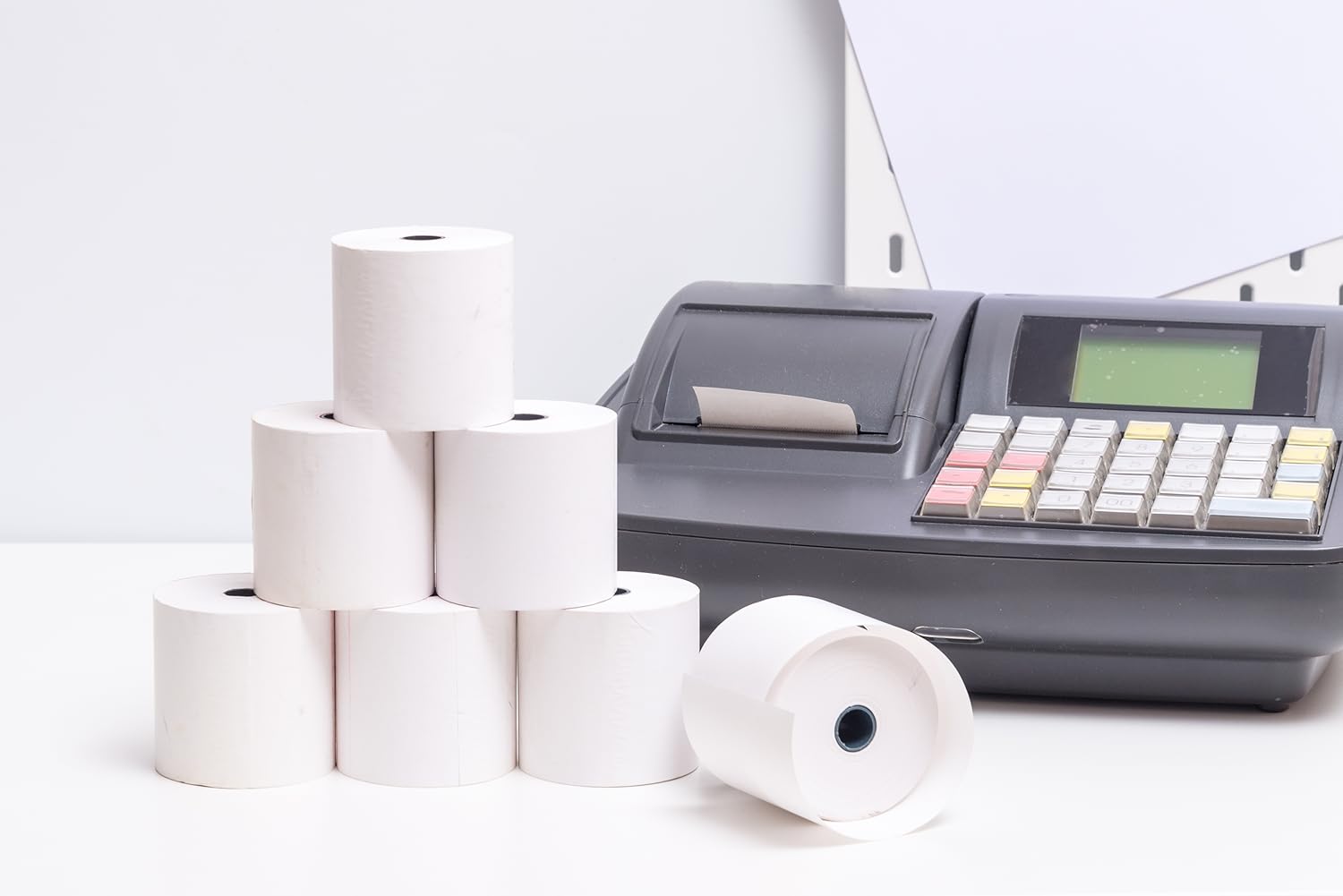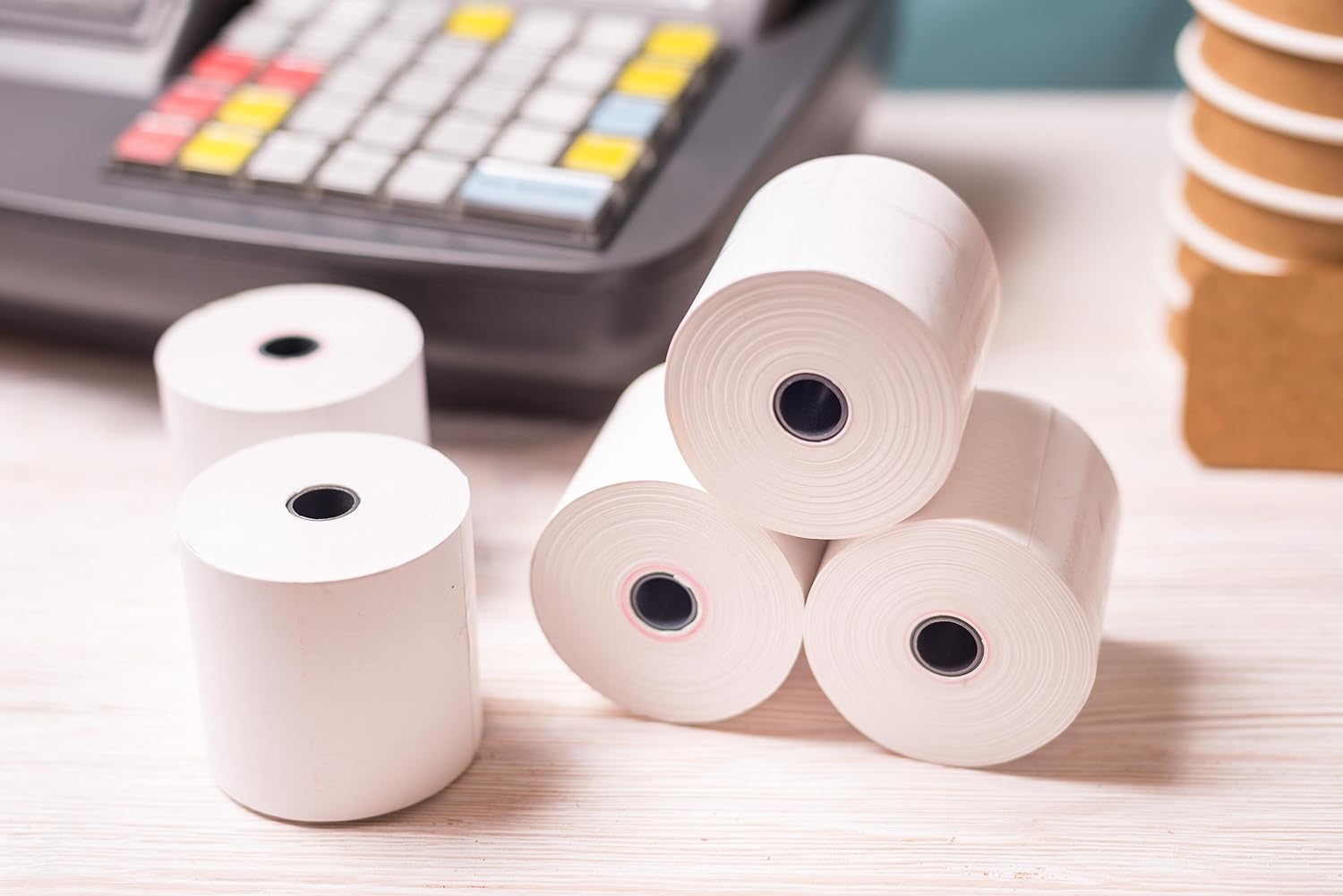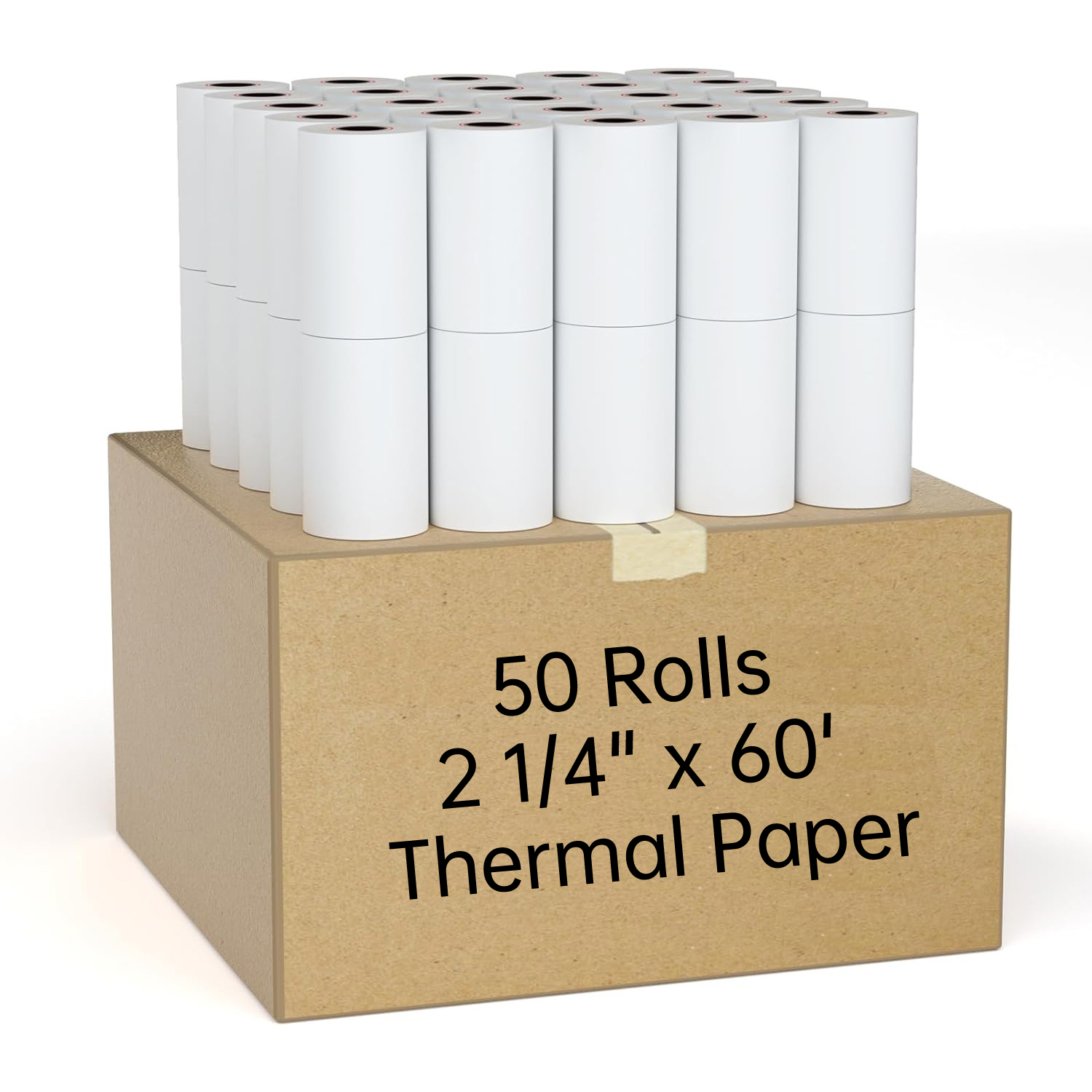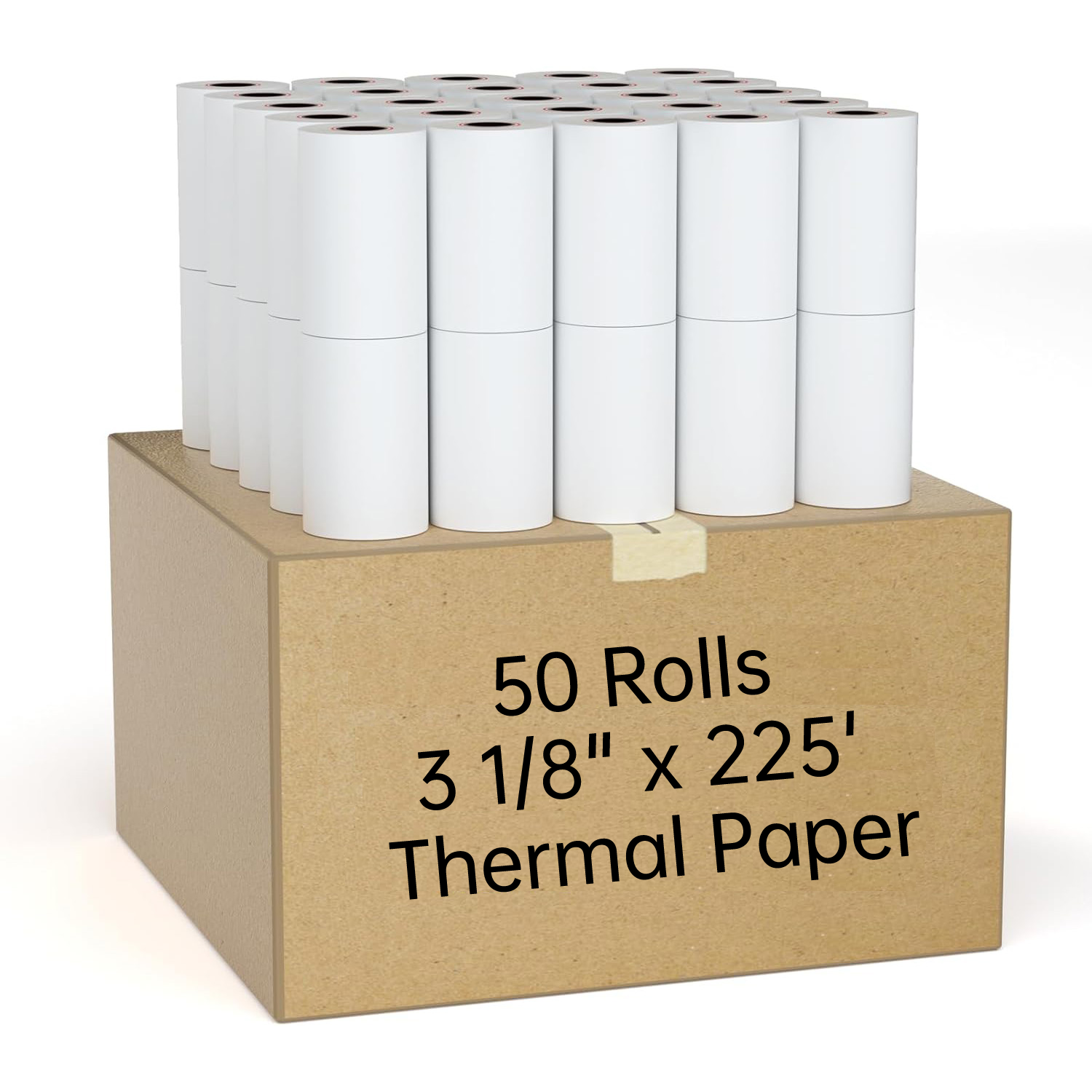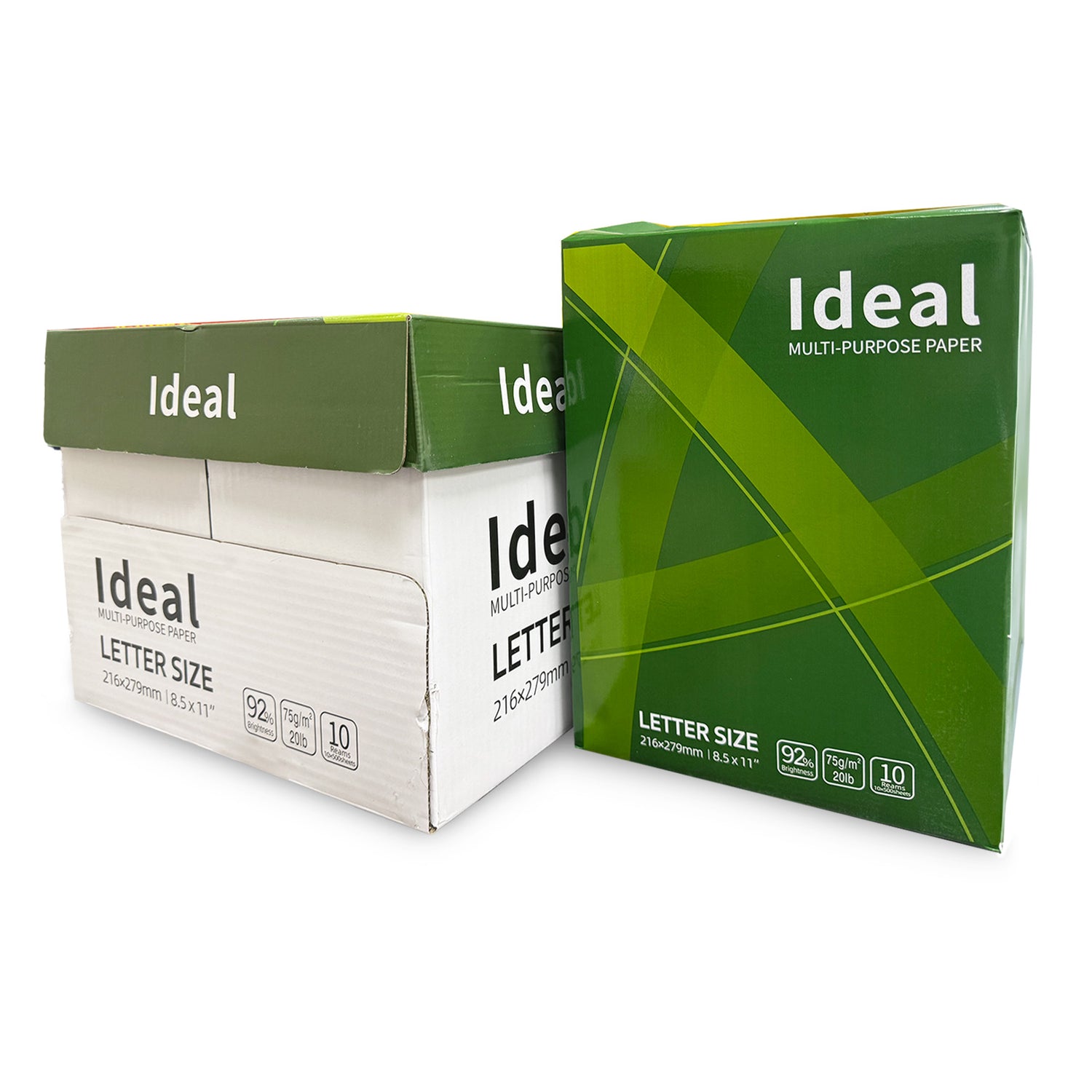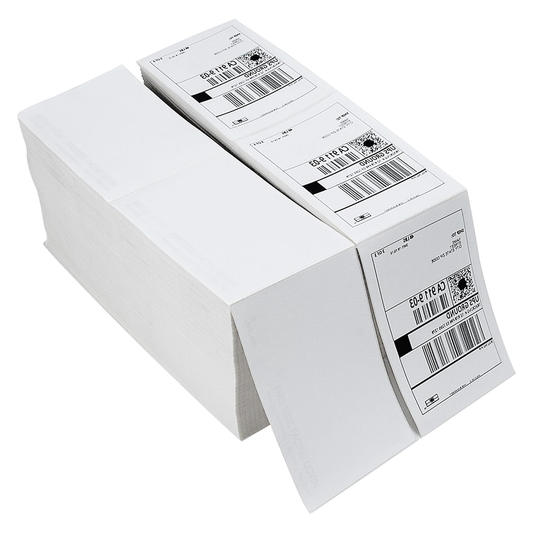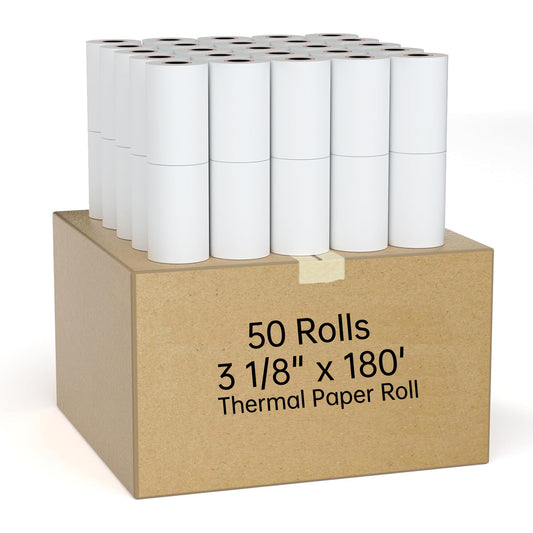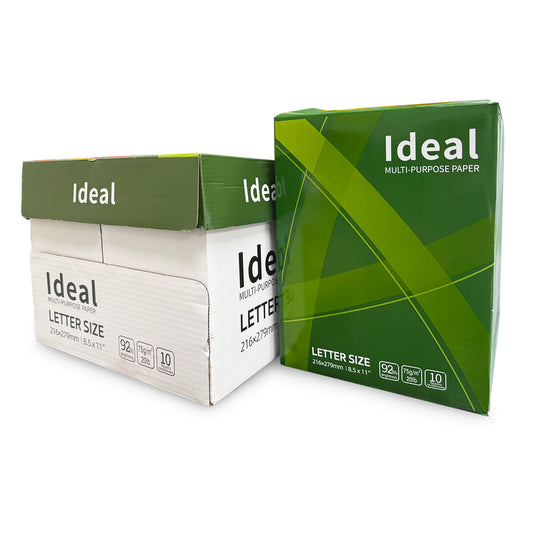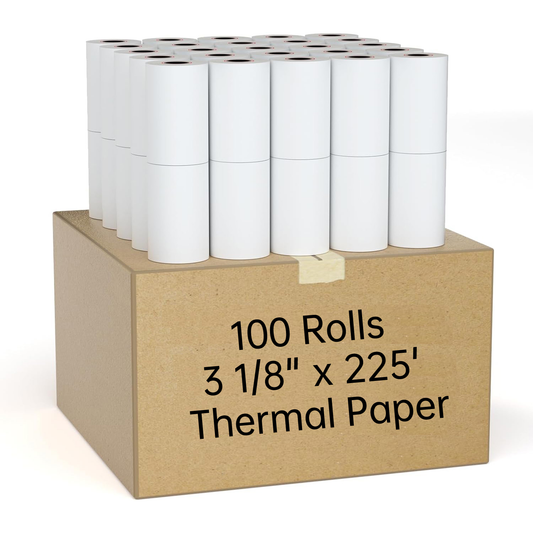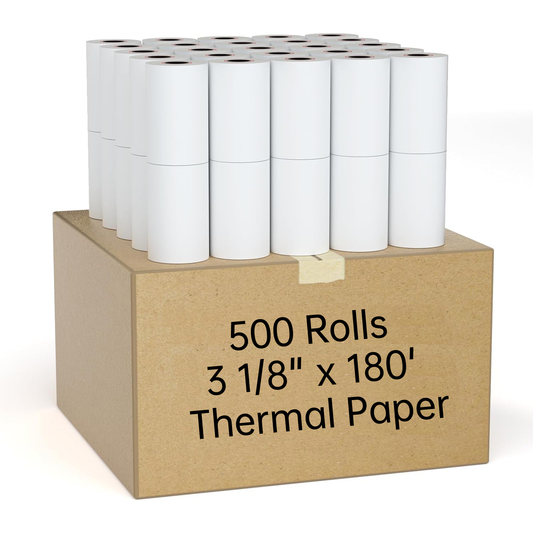Introduction: Binoculars are a birder's greatest tool! They bring you up close and personal with birds, revealing their intricate colors and behaviors. However, with so many options on the market, finding the right pair can be daunting. Don't worry—we've got you covered. Here’s a guide to help you choose and use binoculars effectively for birdwatching.
General Requirements: For beginner birders, one of the first challenges is simply finding the bird through binoculars. A wider field of view is essential, making it easier to locate and track a bird's movements. Additionally, look for binoculars that provide a bright image, especially in low light conditions, and have a quick focus mechanism to capture fast-moving birds. If you wear glasses, adjustable eyepieces will ensure you have an unobstructed view.
Understanding Specifications: Binoculars are typically described by two numbers, like 8x32 or 10x50. The first number represents the magnification power, while the second indicates the size of the objective lens in millimeters. The larger the objective lens, the more light enters the binoculars, resulting in a brighter and sharper image. For most birders, a 7- or 8-power magnification is ideal. Higher magnifications, such as 10x, can provide a smaller field of view and may be harder to keep steady.
Price and Field Testing: When it comes to binoculars, you often get what you pay for. It's worth investing in a high-quality pair to truly enhance your birdwatching experience. Before purchasing, test out different models to see which feels comfortable in your hands and offers a clear view. If possible, try out the same model that experienced birders recommend, and don’t hesitate to ask for their insights.
Practice Makes Perfect: Before heading out to birdwatch, practice using your binoculars. First, locate the bird with your naked eye, then keep your eyes on it as you raise the binoculars to your face. Practice focusing quickly to capture sharp images of fast-moving birds. You can hone this skill by focusing on stationary objects like a flagpole or a flower.
Involve the Kids: If you have budding birders in your family, get them started with kid-sized binoculars. Birdwatching is a wonderful way to connect children with nature and nurture a love for wildlife conservation.
What to Avoid: Avoid compact or pocket-sized binoculars (e.g., 8x21 or 10x21) as your primary birdwatching tool. Although they are lightweight, they generally provide a lower quality image and have a narrow field of view. Similarly, avoid zoom binoculars, which often have inferior image quality. Remember, binoculars designed for other activities, like hiking or marine use, may not be suitable for birding.
Final Thoughts: Choosing the right binoculars can greatly enhance your birdwatching experience. By following these tips and practicing regularly, you’ll be well on your way to becoming a skilled birder.
Featured Product: kyGenius 10x50 Binoculars
If you're looking for a reliable pair of binoculars to enhance your birdwatching experience, consider the kyGenius 10x50 Binoculars. With a powerful 10x magnification and large 50mm objective lenses, these binoculars provide a bright, clear image, perfect for spotting even the most elusive birds. The wide field of view makes it easier to track fast-moving birds, and the durable, ergonomic design ensures comfort during extended use. Whether you're a beginner or a seasoned birder, the kyGenius 10x50 Binoculars are a great investment for your birdwatching adventures.
Shop now and bring your birding experience to the next level!

